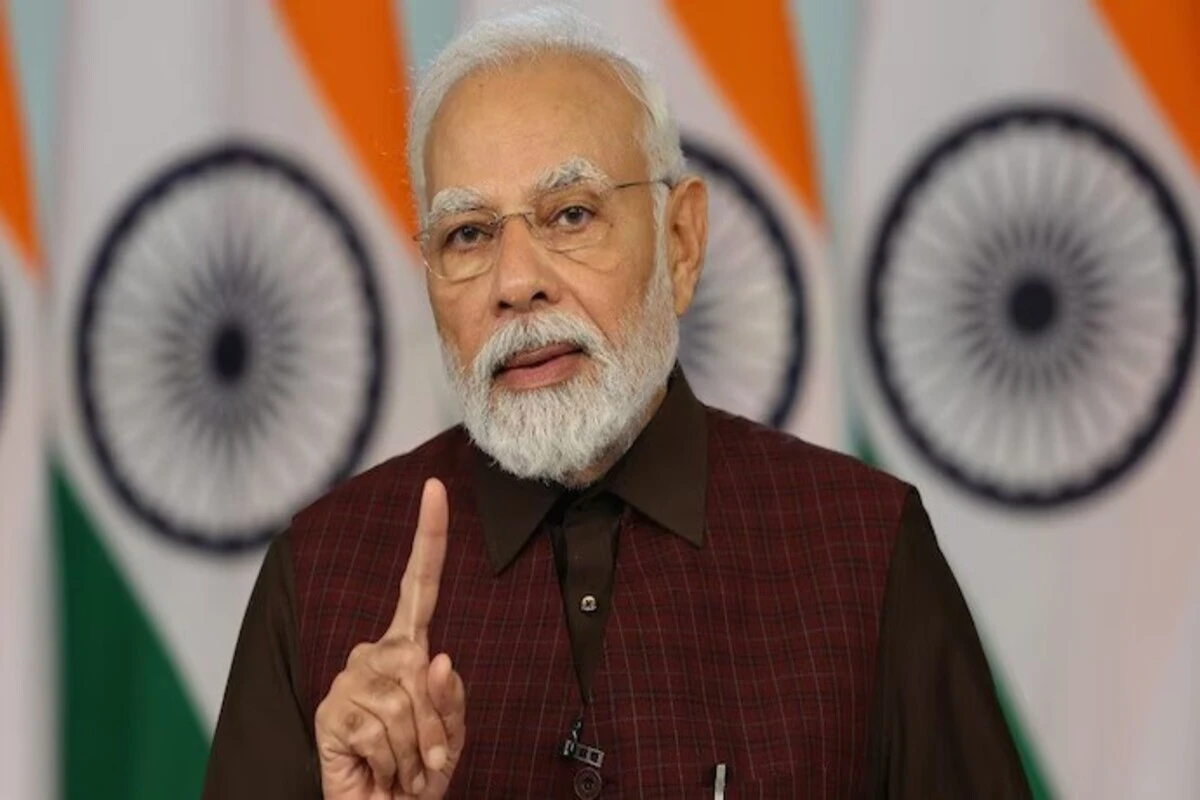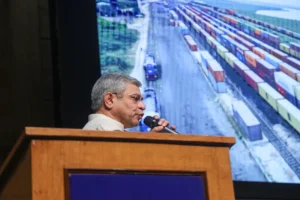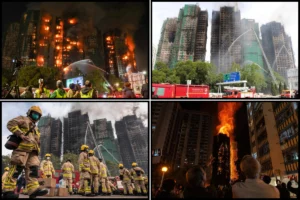
In a year marked by global turmoil, rising tensions, and shifting alliances, Indian Prime Minister Narendra Modi emerged as one of the big winners on the stage of international diplomacy in 2023. While other leaders struggled to cope with the challenges of the post-pandemic world, Modi displayed remarkable skill and agility in navigating the complex geopolitical landscape, forging new partnerships, enhancing India’s global stature, and advancing its national interests.
Modi’s diplomatic success was evident in his foreign visits to 11 countries in 2023, where he received warm welcomes and high-level engagements. He attended the G7 summit in Japan as a guest, where he met with leaders of the world’s most powerful democracies and discussed issues such as climate change, trade, terrorism, and Indo-Pacific security. He also participated in the Quad summit, a strategic grouping of India, the US, Japan, and Australia, where he reaffirmed India’s commitment to a free and open Indo-Pacific region and announced a joint initiative to boost vaccine production and distribution.
Modi also visited Papua New Guinea, becoming the first Indian prime minister to do so, and co-chaired the third summit of the Forum for India-Pacific Islands Cooperation, where he announced a slew of development projects and concessional loans for the island nations. He then traveled to Australia, where he received a warm reception from Prime Minister Anthony Albanese and the Indian diaspora. He also announced that the Harris Park area in Sydney would be designated as ‘Little India’, a gesture that delighted the Indian community.
Modi’s visit to the US in June was another highlight of his diplomatic calendar. He received a ceremonial welcome at the White House, where he held a productive dialogue with President Joe Biden and a state dinner hosted by the First Couple. He also addressed a joint session of the US Congress, where he received a standing ovation for his speech that hailed the US-India partnership as a “defining partnership of the 21st century”. He also met with Vice President Kamala Harris, Secretary of State Antony Blinken, and other key officials and lawmakers. He also interacted with CEOs, professionals, and stakeholders from various sectors and industries, and held meetings with the Indian-American community.
Modi’s visit to the US was followed by a visit to Egypt, where he met with President Abdel Fattah el-Sisi and discussed ways to enhance bilateral cooperation in areas such as trade, investment, energy, defense, and counter-terrorism. He also visited the Grand Egyptian Museum and the Pyramids of Giza and paid tribute to Mahatma Gandhi at his statue in Cairo.
Modi’s diplomatic outreach was not limited to the democratic world. He also hosted the Shanghai Cooperation Organisation summit in July, where he welcomed leaders from Russia, China, Iran, and other countries. He also attended the BRICS summit in South Africa in August, where he joined hands with leaders from Brazil, Russia, China, and South Africa to discuss global issues and launch new initiatives. He also met with Russian President Vladimir Putin and Chinese President Xi Jinping on the sidelines of these summits, and maintained a cordial and pragmatic relationship with them, despite their differences on some issues.
Modi’s crowning achievement was the successful hosting of the G20 summit in New Delhi in September, where he showcased India’s leadership and vision to the world. He welcomed leaders from the world’s most influential economies, as well as the African Union, which he announced as a permanent member of the G20. He also chaired the summit sessions, where he steered the discussions on topics such as global recovery, climate action, sustainable development, health, digital transformation, and counter-terrorism. He also managed to strike a balance between the competing interests and perspectives of the G20 members and secured a consensus declaration that reflected India’s priorities and values.
Modi’s diplomatic performance in 2023 contrasted sharply with that of some of his counterparts, who faced setbacks and challenges in their foreign policy. US President Joe Biden, who came to office with a promise to restore America’s global leadership and credibility, faced criticism and backlash for his handling of the withdrawal from Afghanistan, the war in Ukraine, the Iran nuclear deal, the trade war with China and the human rights situation in Myanmar. He also faced domestic opposition and resistance from his party and the Republicans, who blocked his legislative agenda and foreign policy initiatives.
Israeli Prime Minister Benjamin Netanyahu, who returned to power in December 2022 after a prolonged political deadlock, faced isolation and condemnation from the international community for his aggressive and expansionist policies in the occupied Palestinian territories, especially after the 7 October Hamas attack that killed more than 1,300 Israelis. He also faced legal troubles and corruption charges at home and lost the support of some of his allies and coalition partners.
On the other hand, some of Modi’s allies also emerged as winners in the diplomatic arena in 2023. Russian President Vladimir Putin, who defied international pressure and sanctions over his invasion of Ukraine in 2022, consolidated his grip on power and influence in the region. He also expanded his outreach and cooperation with countries such as China, Iran, Turkey, India, and others, and played a key role in the resolution of the war in Syria and the nuclear talks with Iran.
Former US President Donald Trump, who refused to concede defeat in the 2020 election and continued to challenge the legitimacy and authority of Biden, remained a popular and influential figure among his supporters and the Republican party. He also maintained his global presence and relevance and announced his intention to run for president again in 2024. Modi will savour the prospect of Trump returning to power. The two leaders have developed a close friendship and chemistry over the years. They have met several times, both in India and the US, and have exchanged warm words and gestures of admiration and respect. They have also shown their personal rapport by addressing each other by their first names, hugging each other, and holding hands.
Modi and Trump have also collaborated on various issues of mutual interest, such as trade, defence, counter-terrorism, energy, and Indo-Pacific security. They have launched several initiatives, such as the Quad, the 2+2 dialogue, and the Strategic Energy Partnership, to enhance their strategic partnership and cooperation. They have also supported each other on the global stage, such as at the UN, the G7, and the G20.
In conclusion, Modi’s diplomatic achievements in 2023 demonstrated his skill, agility, and vision in managing India’s foreign relations and advancing its national interests. He also enhanced India’s global stature and reputation and positioned it as a responsible and reliable partner for peace and development. He also proved his ability to balance and engage with different actors and stakeholders and to navigate the complex and dynamic geopolitical landscape. He also showed his resilience and adaptability in the face of the challenges and uncertainties posed by the post-pandemic world. Modi’s diplomatic success in 2023 was a testament to his leadership and statesmanship, and a source of pride and inspiration for India and the world.



















